Introduction to Smart Home Gadgets
In today’s rapidly evolving technological landscape, smart home gadgets have transformed the way we interact with our living environments. From improving energy efficiency to enhancing security measures, these devices have become indispensable for modern homeowners. As you explore the myriad of options available to enhance your living space, you will discover that the best smart home gadgets can significantly streamline everyday tasks while elevating comfort and convenience.
Understanding Smart Home Technology
Smart home technology encompasses devices that connect to the internet, enabling users to control them remotely using smartphones, tablets, or voice assistants. The technology primarily relies on Internet of Things (IoT) principles, where devices interact with each other to create a seamless user experience. These gadgets can be grouped into various categories based on their functionality, such as lighting, security, and climate control.
Benefits of Smart Home Gadgets
The benefits of smart home gadgets extend beyond mere convenience. Notably, they offer enhanced security through monitoring systems, which alert homeowners of suspicious activities. Smart gadgets also promote energy efficiency, allowing users to monitor and control their power consumption, resulting in reduced utility bills. Additionally, automation features enhance everyday life by enabling users to schedule and customize how and when their devices operate.
Common Misconceptions
Despite the growing popularity of smart home technology, misconceptions persist. One common belief is that smart home gadgets are overly complex and challenging to set up. In truth, many products now come with intuitive installation guides and user-friendly interfaces. Other misconceptions include the idea that these gadgets are prohibitively expensive. While premium models exist, a range of budget-friendly options are available that still deliver significant functionality without breaking the bank.
Key Categories of Smart Home Gadgets
Home Security Devices
Home security has become one of the primary functions of smart home technology. Devices such as smart locks, doorbell cameras, and surveillance cameras empower homeowners to monitor their property in real time. For instance, advanced features in smart locks allow users to grant access remotely, ensuring security while managing the convenience of guests or deliveries. Many surveillance cameras come with motion detection and night vision capabilities, sending immediate alerts to users when suspicious activity occurs.
Smart Lighting Options
Smart lighting solutions are at the forefront of smart home technology, providing users with customizable control over their home’s ambience. Brands like Philips Hue offer a variety of bulbs that can be configured to change colors, dim, or adjust intensity through a smartphone app or voice commands. Smart lights can also be programmed for automation, such as turning on at sunset or syncing with your wake-up routine, enhancing both security and energy efficiency.
Climate Control and Smart Thermostats
Climate control is another crucial area enhanced by smart home gadgets. Smart thermostats, such as those developed by Nest and Ecobee, allow consumers to learn their habits over time, optimizing heating and cooling schedules for maximum comfort and efficiency. For instance, these devices can adjust the temperature based on occupancy, ensuring energy isn’t wasted on an empty home. Moreover, integration with weather forecasts can further fine-tune energy usage, leading to significant savings on utility bills.
The Best Smart Home Gadgets for 2025
Top Picks for Security and Surveillance
As we look to 2025, several security devices are making waves. The latest offerings from brands like Ring and Arlo showcase smart doorbell cameras with enhanced video quality and user-friendliness. Additionally, smart locks that offer biometric access through fingerprint recognition provide both security and convenience. These advances reflect ongoing trends toward improved personal security in smart home technology.
Innovative Smart Lighting Solutions
In the lighting category, products like the Nanoleaf Light Panels have introduced a creative aspect to smart lighting, allowing consumers not just functional light but also an artistic touch. These customizable panels can react to music or be themed for special occasions or moods. As the demand for personalization grows, expect manufacturers to produce even more interactive and visually compelling smart lighting solutions.
Energy-Efficient Smart Appliances
Appliance technology is advancing, with brands incorporating smart features into refrigerators, ovens, and washing machines. For instance, smart refrigerators can manage inventory, notify users when items are running low, and even suggest recipes based on available ingredients. This not only streamlines meal preparation but contributes to reduced food spoilage and waste, showcasing how smart home gadgets can foster a more sustainable lifestyle.
How to Set Up Your Smart Home
Essential Steps for Integration
Setting up a smart home may seem daunting, but by following a few essential steps, the process can be seamless. Start by assessing your needs and determining which devices are most important for your lifestyle. After identifying these devices, ensure you have a reliable Wi-Fi network capable of supporting multiple gadgets. Follow the instructions provided by manufacturers for each device, as they typically include straightforward app integration processes that will guide you through connecting them to your network.
Best Practices for Device Management
Once the devices are set up, it’s crucial to manage them effectively. Regularly update firmware to ensure your devices receive the latest security patches and feature enhancements. Utilize manufacturer apps for monitoring device performance, and explore routines or automation features that enhance your home’s functionality. Additionally, creating groups for similar devices—like lights in a room—can simplify control operations.
Troubleshooting Common Issues
Even with the most reliable smart home gadgets, issues can arise. Common problems include connectivity issues, unexpected device behavior, and integration challenges among different brands. For connectivity problems, resetting the device and checking Wi-Fi strength are key first steps. Unexpected behavior might indicate the need for recalibration or software updates. Furthermore, ensuring compatibility among devices from different manufacturers often requires using dedicated hubs or applications that facilitate communication.
Future Trends in Smart Home Gadgets
Upcoming Innovations to Watch For
As technology continues to advance, the smart home market is poised for significant changes in the coming years. For example, the integration of Artificial Intelligence (AI) and machine learning into smart home systems will likely provide greater customization and predictive functionalities. Expect devices to learn from user behavior and preferences, offering an increasingly personalized experience over time.
Impact on Home Automation
The growing number of interconnected smart devices suggests a future where full home automation becomes commonplace. Homeowners will be able to create intricate environments tailored to their routines and preferences, such as automated lighting changes based on the time of day, seamlessly integrated entertainment systems, and multitasking appliances. This evolution in home automation enhances convenience and elevates quality of life.
Consumer Preferences Shaping the Market
Consumer feedback will continue to shape product offerings as manufacturers respond to user demands for versatility, ease of use, and safety. With concerns about privacy and data security on the rise, expect manufacturers to prioritize robust security features in their devices. Additionally, the market will trend toward incorporating eco-friendliness into designs to meet increasing consumer demand for sustainable technology.


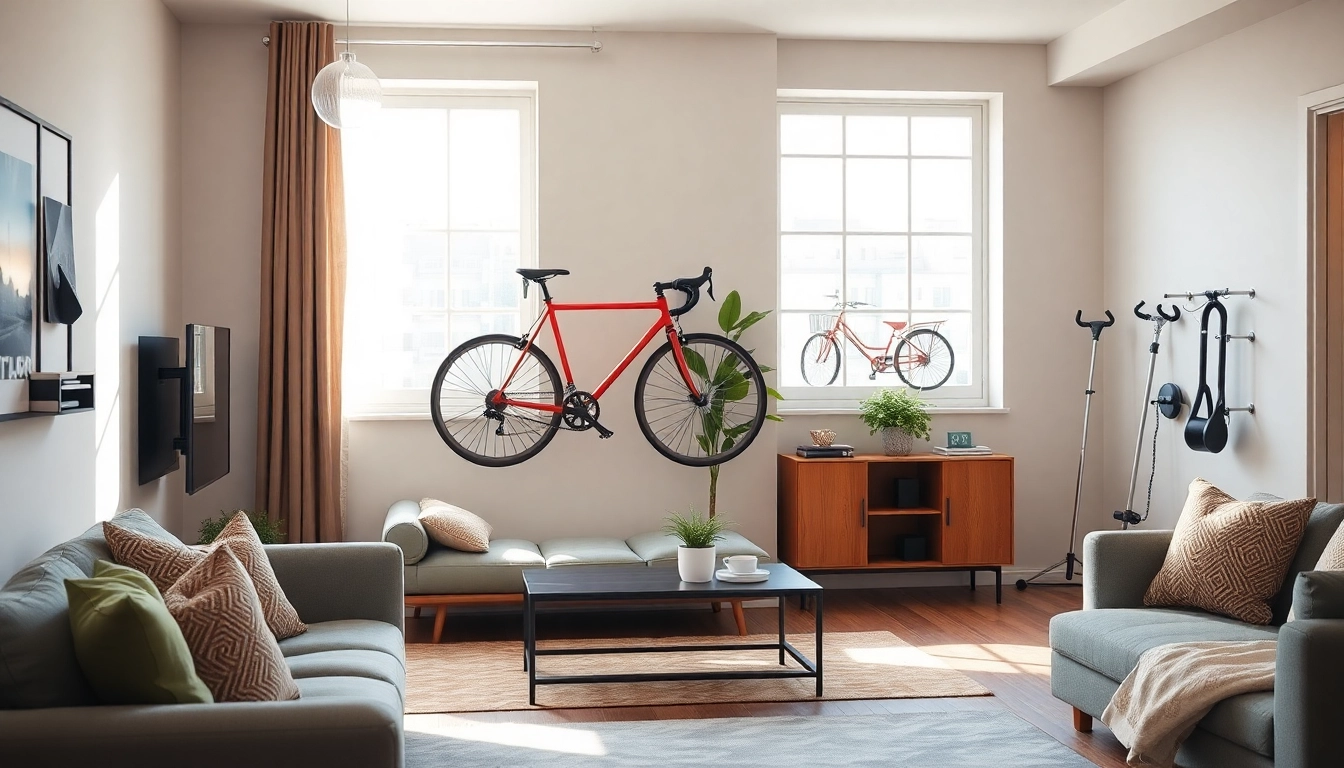

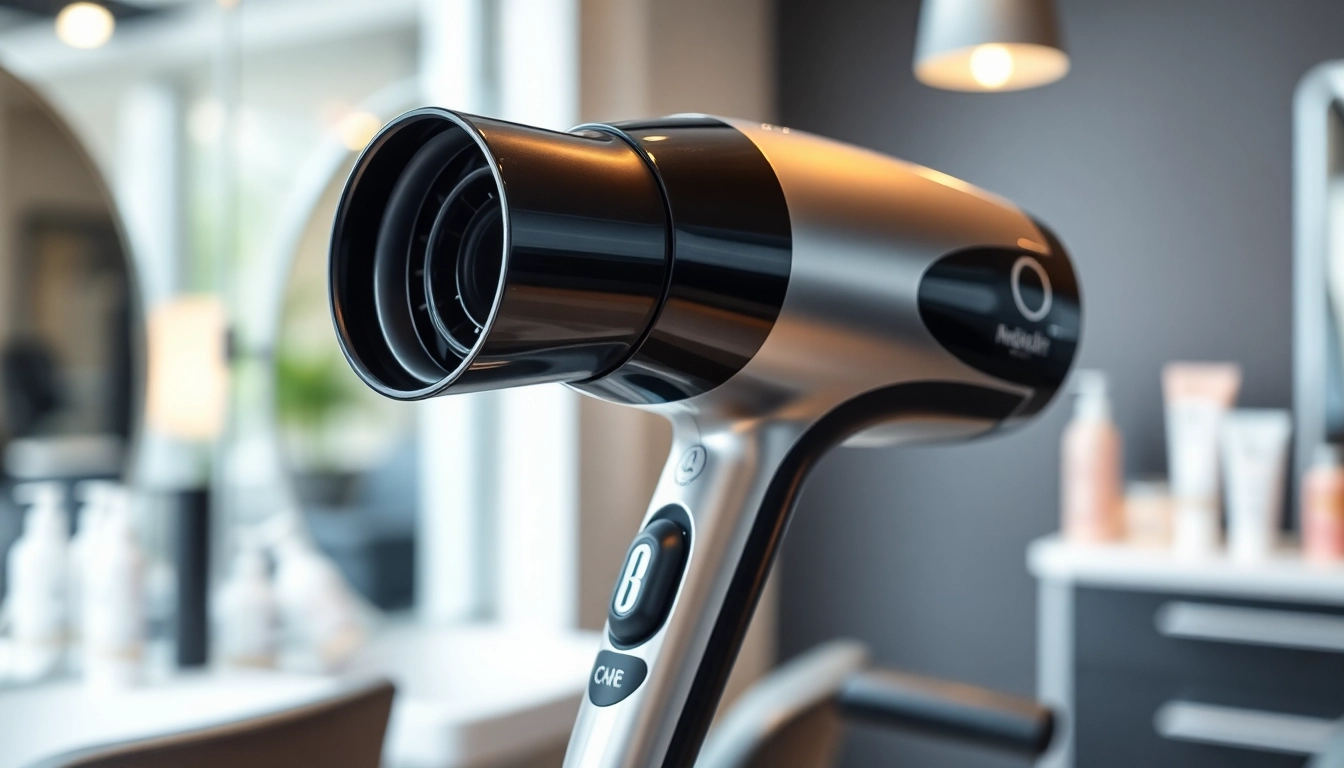

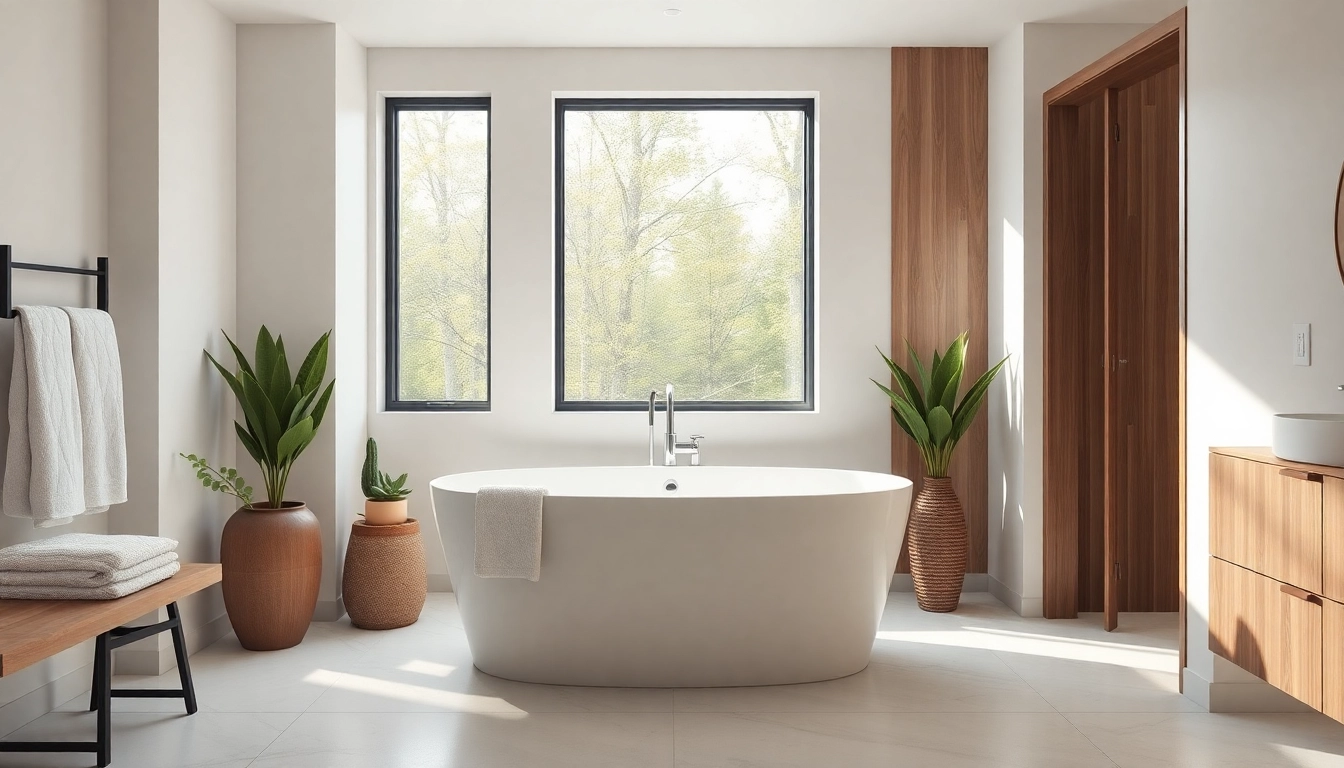
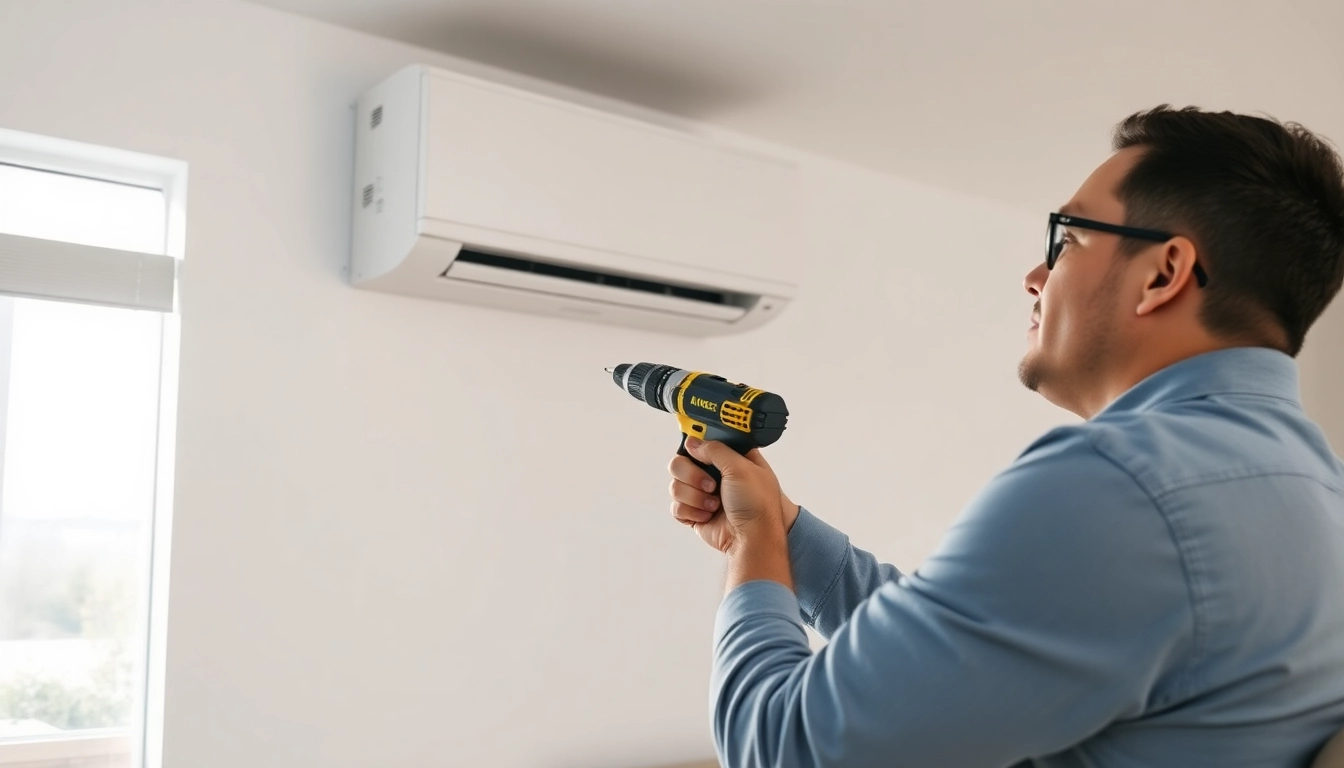
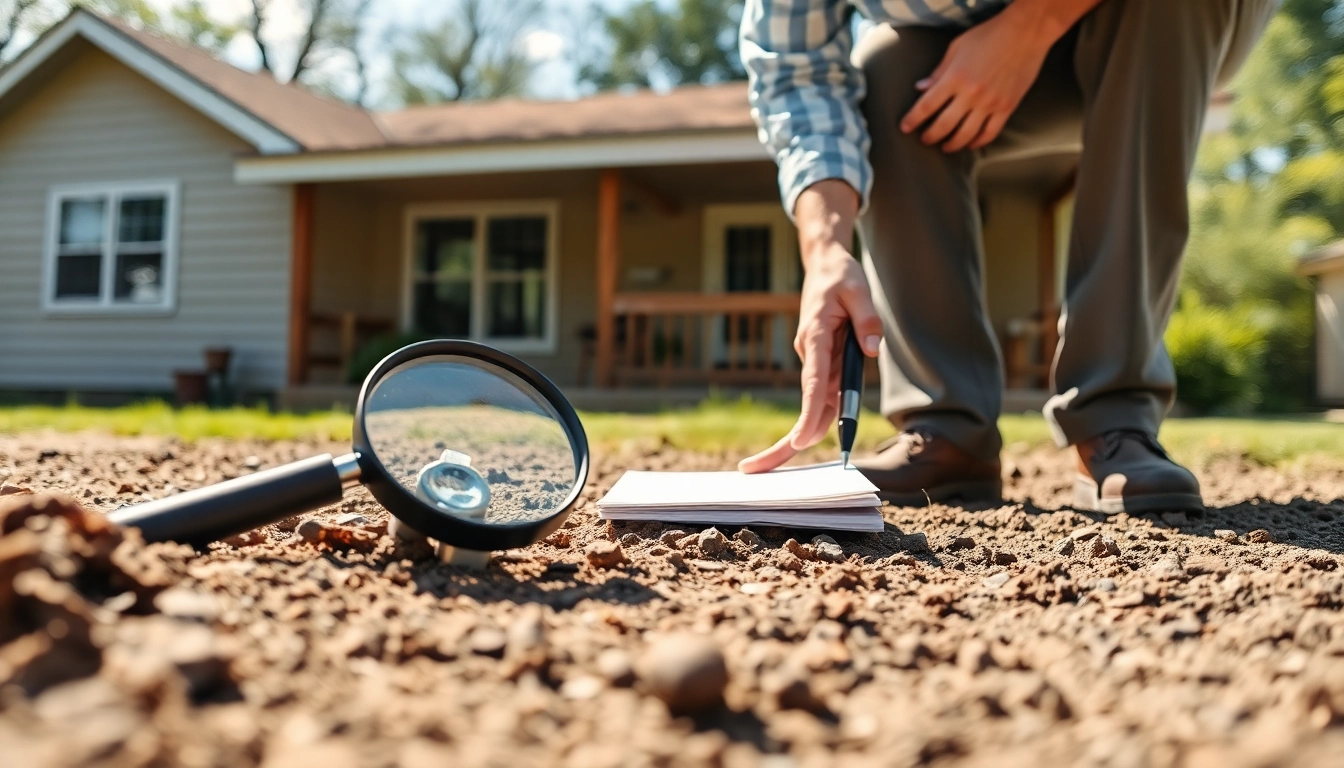




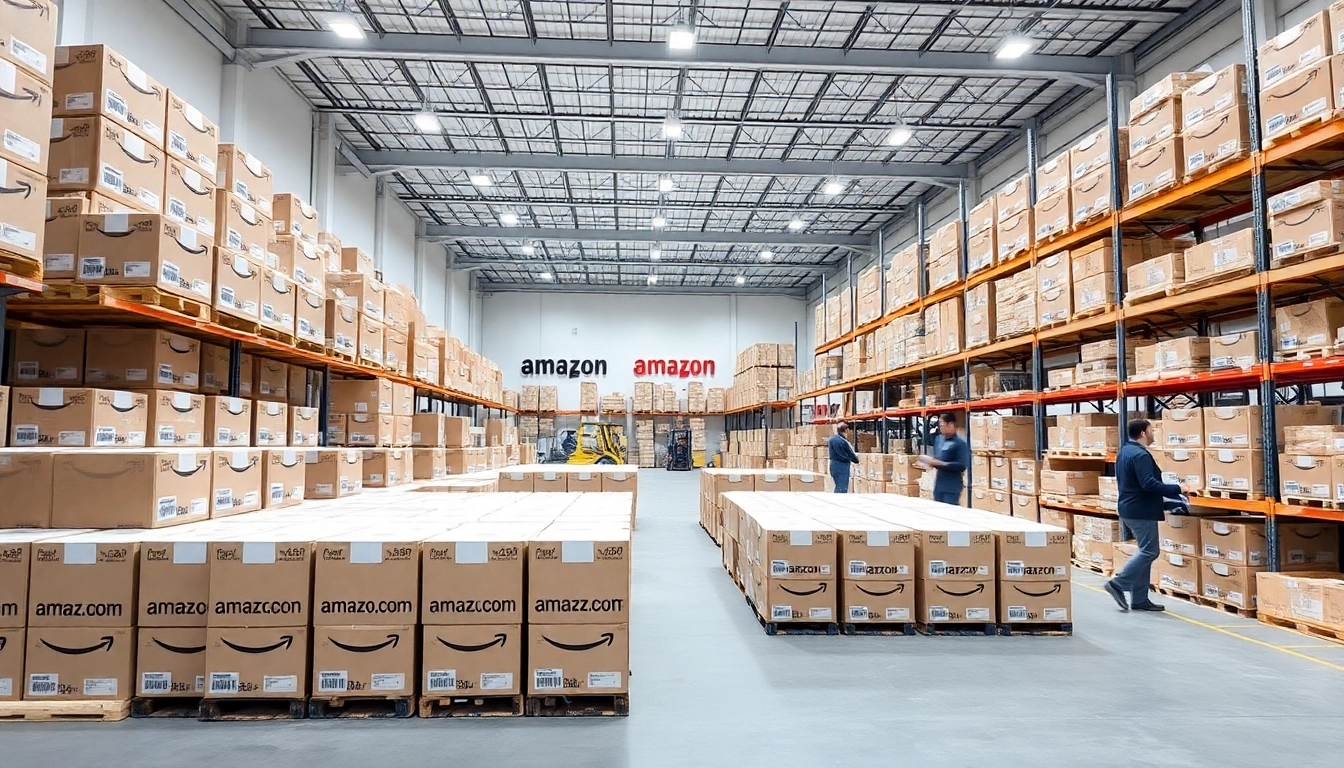

Leave a Reply